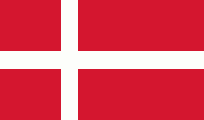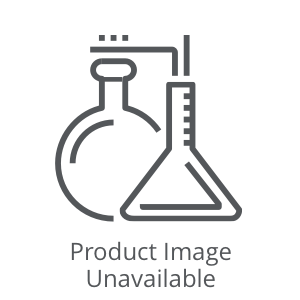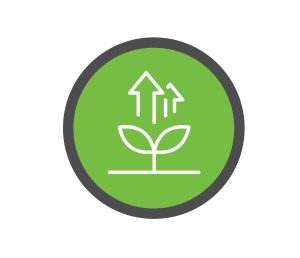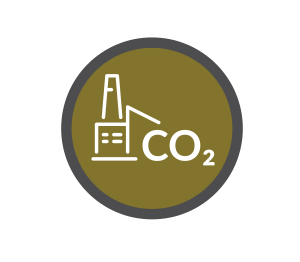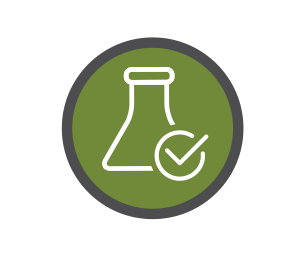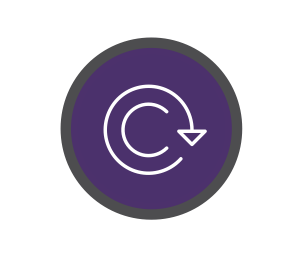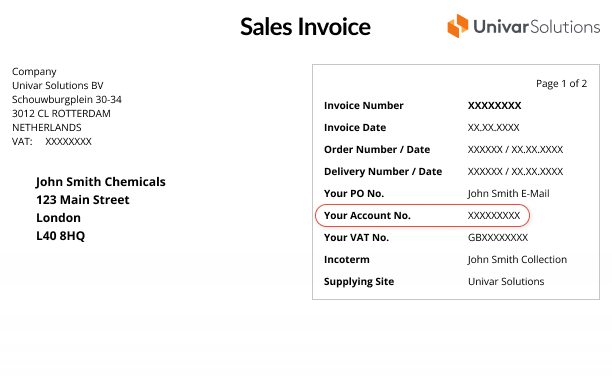We’re here to provide you with more information or help answer any questions you might have. Send us a note and we’ll get back to you as soon as possible.


Safer Substitutes




Safer Substitutes
Sustainable solutions
for commercial success
Safer Substitutes
Sustainability Characteristic Definition
Safer Substitutes are materials which offer comparable performance in application to a relevant conventional material but with the benefit of reduced human health and/or environmental hazards. For the Sustainable & Natural Product Framework, we define a safer substitute in a practical and data-based manner, acknowledging that all substances, including safer substances may carry some risk upon exposure.
Safer chemical substitution is technically challenging, and we encourage customers to do their own testing and research to determine that the substitution is right for their needs.
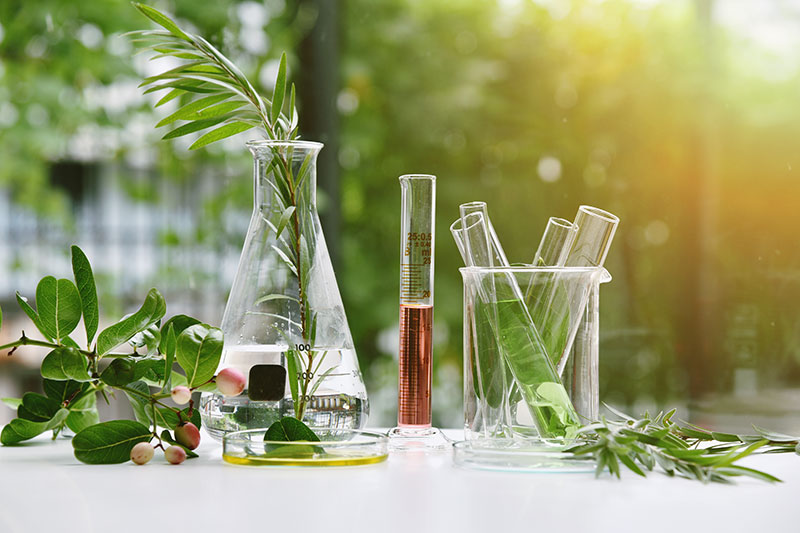

Step 1: Exclude known substances of concern
When considering a product for Safer Substitute, first exclude any products on the Restricted Substance Lists (RSLs) listed here.
|
Authority |
List |
|
Montreal Protocol |
List of Controlled Ozone-depleting Substances |
| Stockholm Convention | List of Persistent Organic Pollutants (POPs) |
| World Health Organization’s International Agency for Research on Cancer | List of Classified Carcinogens, Group 1: Carcinogenic to humans, Group 2A: Probably carcinogenic to humans, and Group 2B: Possibly carcinogenic to humans |
| Canada | Toxic Substances List and the Virtual Elimination List |
| European Chemical Agency (ECHA) |
Candidate List of Substances of Very High Concern for Authorization
|
| U.S. Environmental Protection Agency (US EPA) |
Toxics Release Inventory’s Persistent, Bioaccumulative and Toxic (PBT) Chemicals List and PBT Chemicals under the Toxic Substances Control Act (TSCA) Section 6(h) |
| US National Toxicology Program | Report on Carcinogens |
| The International Chemical Secretariat (Chemsec) | Substitute it Now (SIN) list |


Some products have substances of high concern present in small or trace amounts. In this case, we will only consider the product for Safer Substitute status if the supplier can show that the substance is present at levels below the threshold defined by the listing authority. For example, if a product is known to contain a Prop 65 substance, a supplier will have to determine that the product does not cause humans to be exposed to the substance above the Safe Harbor level to be considered for Safer Substitute.
Step 2: Determine the best method to demonstrate relative safety at the product level.
Health and environmental hazard levels may be assessed and compared using accredited third-party hazard screening tools (“Method 1”). In the absence of a documented expert opinion, health and environmental hazards may be assessed using the Globally Harmonized System of Classification and Labelling of Chemicals (GHS Rev. 10, 2023) (“Method 2”). The GHS is an international safety labelling system created by the United Nations in 2002 to unify and harmonize the many labelling systems for chemicals in the workplace that existed previously.
Methodology
Many tools have been created to assess and score the human and environmental hazards of a chemical including but not limited to GreenScreen, GreenWERCS™, DfE Alternative Assessment Criteria for Hazard Evaluation, GreenSuite, or SciVeraLENS®. Additionally, organizations such as ChemForward, Safer Choice, and Cleangredients were created to further evaluate the toxicity of a chemical. A supplier may choose to provide the hazard scoring of the Safer Substitute and the conventional product to demonstrate the improved safety of the Safer Substitute. For example, the Safer Substitute may have a GreenScreen scoring of “BM3” which, by the GreenScreen scoring system, is favorable to the conventional product score of “BM2”.
In a variation on this approach, suppliers can compare chemicals based upon authoritative lists developed by regulatory bodies. Using a chemical intended for use in a consumer product as an example, a substance on the US EPA’s Safer Chemical Ingredients List could be compared favorably to a chemical listed on California’s Proposition 65 List. In another example, a chemical which has been evaluated by ECHA and is not on ECHA’s Candidate List of Substances of Very High Concern (SVHC) could compare favorably with a substance on the SVHC Candidate List that offers comparable functionality.
Documentation for Safer Substitute Characterization by Method 1
If a supplier chooses Method 1 to demonstrate that a chemical is a Safer Substitute, it should submit documentation of the analysis. Univar Solutions recognizes that some hazard evaluation scoring systems are not absolute. For example, GreenWERCS™ acknowledges that tool users can configure their own scoring algorithms to reflect their company sustainability priorities. Univar Solutions does not perform a critical analysis of supplier submittals to verify the results.
Methodology
When third-party hazard evaluation scores are unavailable, we will use GHS Hazard information for both specific human health hazard endpoints, and environmental fate including biodegradability. For every effect, the Safer Substitute should either be equivalent to or better than the conventional material, with at least one classification showing significant improvement.
“Equivalent” here means that the two products fall into the same hazard category. For example, if the Safer Substitute tests with an oral Lethal Dose 50% (LD50)= 180 milligrams per kilogram (mg/kg), and the conventional product tests with an oral LD50 = 230 mg/kg, or vice versa, the two products will both be classified as Category 3 in acute oral toxicity and therefore are considered equivalent. Similarly, “significant improvement” means that the Safer Substitute is classified as a higher numerical category demonstrating lower hazard. For example, a product may be characterized as a Safer Substitute because it has is classified in Flammable Liquids Category 4 and is therefore less flammable than a comparable product which is classified in Flammable Liquids Category 3.
Frequently, there is insufficient data to compare two products in terms of one or more GHS classes. In these cases, the determination should be made using the available data. If new evidence shows that the Safer Substitute is not as safe as previously regarded, we will review and revise our documentation as needed.
Composite measurements
In cases where the products consist of more than one ingredient, hazard information is often available only for individual ingredients and not for the composite (mixture). The Globally Harmonized System of Classification and Labelling of Chemicals (GHS Rev. 9, 2021) outlines how to best estimate each hazard classification for a mixture.
Biodegradability
A product can be considered as a Safer Substitute on the basis of biodegradability, or abiotic degradability, provided that the following statements are true:
- It is more biodegradable or degradable than the conventional material as measured by reliable test data such as OECD Test Guideline 301.
- The degradation products are not known to be more harmful than the primary product.
- The Safer Substitute is not significantly more hazardous than the conventional material with comparable functionality according to any GHS category.
Examples for clarification
Below are two examples of a fictional conventional product versus a Safer Substitute. To characterize a Safer Substitute, we evaluate the comparison of the Safer Substitute and conventional product as shown in the table below. To be characterized as a Safer Substitute, the Safer Substitute cannot be more hazardous than the conventional product in any one classification, and in at least one classification it must be better.
Color | Meaning | |||||
In reference to columns “Safer Substitute” and “Conventional Product” | In reference to column “Comparison of Safer Substitute and Conventional Product” | |||||
Green | Not hazardous | Safer Substitute ranks in better hazard class than conventional product | ||||
Red | Hazardous | Safer Substitute ranks in worse hazard class than conventional product | ||||
Yellow | N/A | Safer substitute ranks in equivalent class to conventional product | ||||
Blue | Insufficient/No Data | Insufficient Data | ||||
Example 1 | Safer Substitute | Conventional Product | Comparison of Safer Substitute to Conventional Product | |||
Flammable Liquids | Not classified | Category 2 | Better | |||
Dermal Acute Toxicity | Category 4 | Category 3 | Better | |||
Skin Sensitization | Not classified | Category 1B | Better | |||
Specific Target Organ Toxicity – Repeat Exposure (STOT RE) | Category 2 | No data | Unknown | |||
Carcinogenicity | Not classified | Not classified | Equal | |||
Acute Aquatic Toxicity | No data | Not classified | Unknown | |||
Biodegradability | Readily biodegradable | Readily biodegradable | Equal | |||
Example 1 Conclusion: Safer Substitute is safer than Conventional product due to improved safety in regard to flammability, dermal acute toxicity, and skin sensitization.
Example 2 | Safer Substitute | Conventional Product | Comparison of Safer Substitute to Conventional Product |
Flammability | Not classified | Not classified | Equal |
Inhalation Acute Toxicity | Not classified | Not classified | Equal |
Eye Irritation | Not classified | Category 2B | Better |
Specific Target Organ Toxicity – Single Exposure (STOT SE) | Not classified | Not classified | Equal |
Reproductive Toxicity | No data | Not classified | Unknown |
Chronic Aquatic Toxicity | Not classified | Category 3 | Better |
Bioaccumulation | Not likely to bioaccumulate | Not likely to bioaccumulate | Equal |
Example 2 Conclusion: Safer Substitute is safer than Conventional product due to improved safety in regard to eye irritation and chronic aquatic toxicity.
These tables are given for illustration only. Suppliers are not required to present their information in this way, and Univar Solutions will not provide this table for the supplier. Note that in this example, “not classified” does not indicate a lack of data to make a classification but rather that the data shows that the substance did not meet the hazard criteria for classification.
Documentation for Safer Substitute Characterization by Method 2
In most cases, the comparison of Safety Data Sheets (SDSs) is not sufficient to demonstrate the improved safety of one product over another. Therefore, we recommend that the supplier provide both the SDSs and a letter or document outlining by which GHS safety classes the Safer Substitute is safer than the conventional product, using harmonized classifications published by the European Chemicals Agency (ECHA) at https://echa.europa.eu/information-on-chemicals/cl-inventory-database. If harmonized classifications are not available for a substance, one can use information from registration dossiers on the ECHA website at https://echa.europa.eu/information-on-chemicals. We ask that suppliers not knowingly omit any relevant hazard information.
Sometimes the human health or environmental benefits of a Safer Substitute are not captured in a GHS classification. For example, a Safer Substitute may replace a conventional material which, once discharged, causes endocrine disruption, causes a salt buildup in the environment, causes algal blooms and harmful eutrophication, or degrades into harmful products. If the Safer Substitute is superior in a regard such as these, the supplier may choose to provide data that highlights these improved characteristics.
Sustainable & Natural Product Portfolio
A framework for sustainability at the product level
Because there is no global definition of sustainability at the product level, we developed a Sustainable & Natural Product Framework to help customers evaluate sustainability for ingredients and raw materials. The Framework is already enabling productive communication on product sustainability and we are just beginning. As innovation and regulations emerge, our Framework will evolve. Visit here often as we add new Sustainable & Natural Product Skus every week!
Here are the first six sustainable & natural product characteristics. Click on each one for definitions and examples.

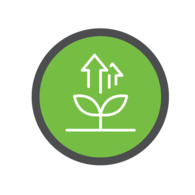
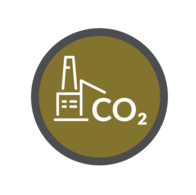
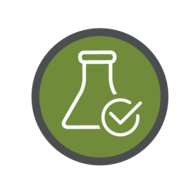


Sustainability adds value and makes business sense.
By leveraging our strong portfolio of sustainable products, services, practices and technologies to aid customers and consumers in meeting their sustainability goals, we demonstrate our commitment to sustainability and vision for a better world.
Sustainability makes good business sense and aligns with our core values of being serious about safety, a place where people matter, a company that's valuable to others and does what they say so that together, we win. Combined, these sustainability principles illustrate how through common goals, we can work toward a better tomorrow through next-generation solutions.
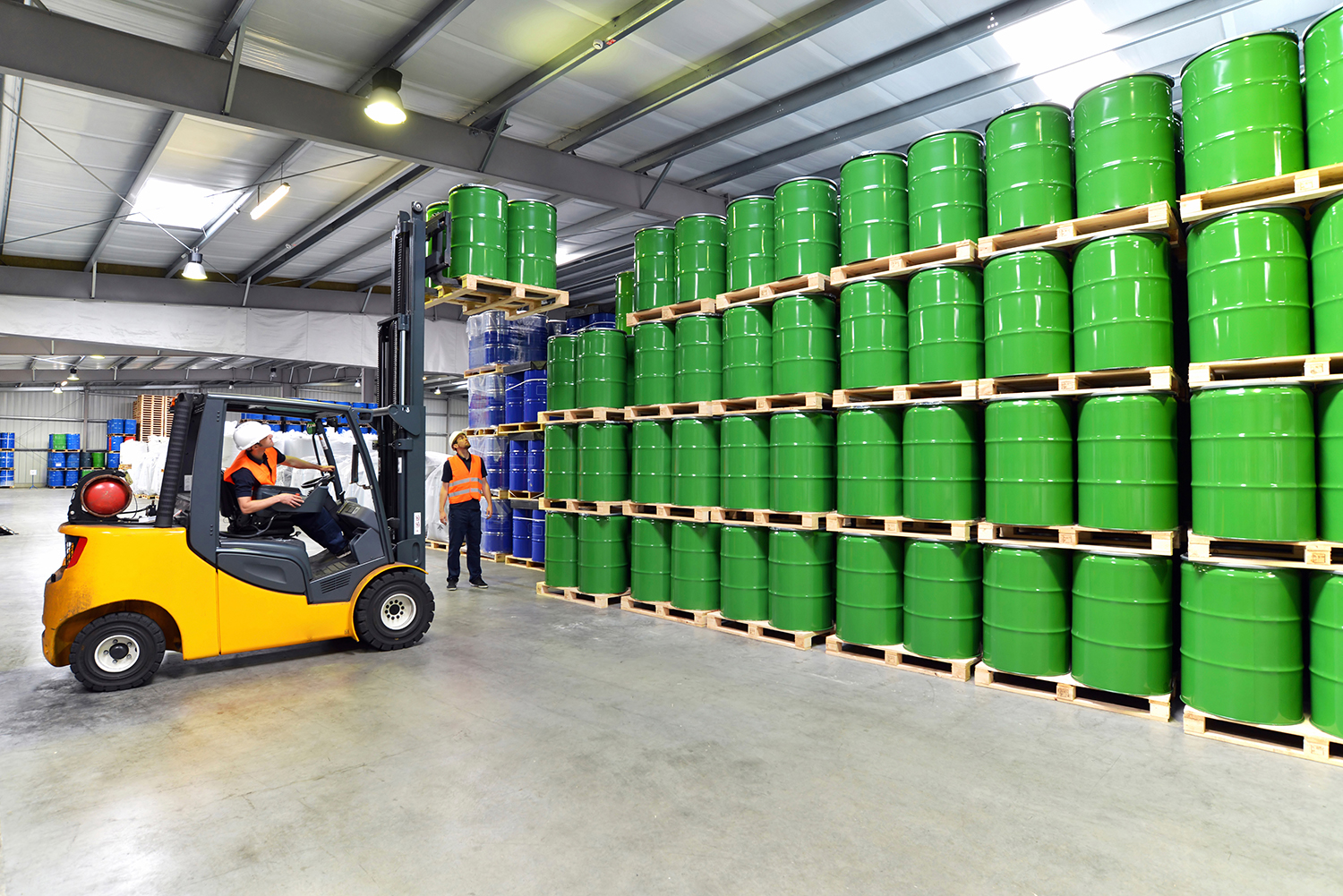

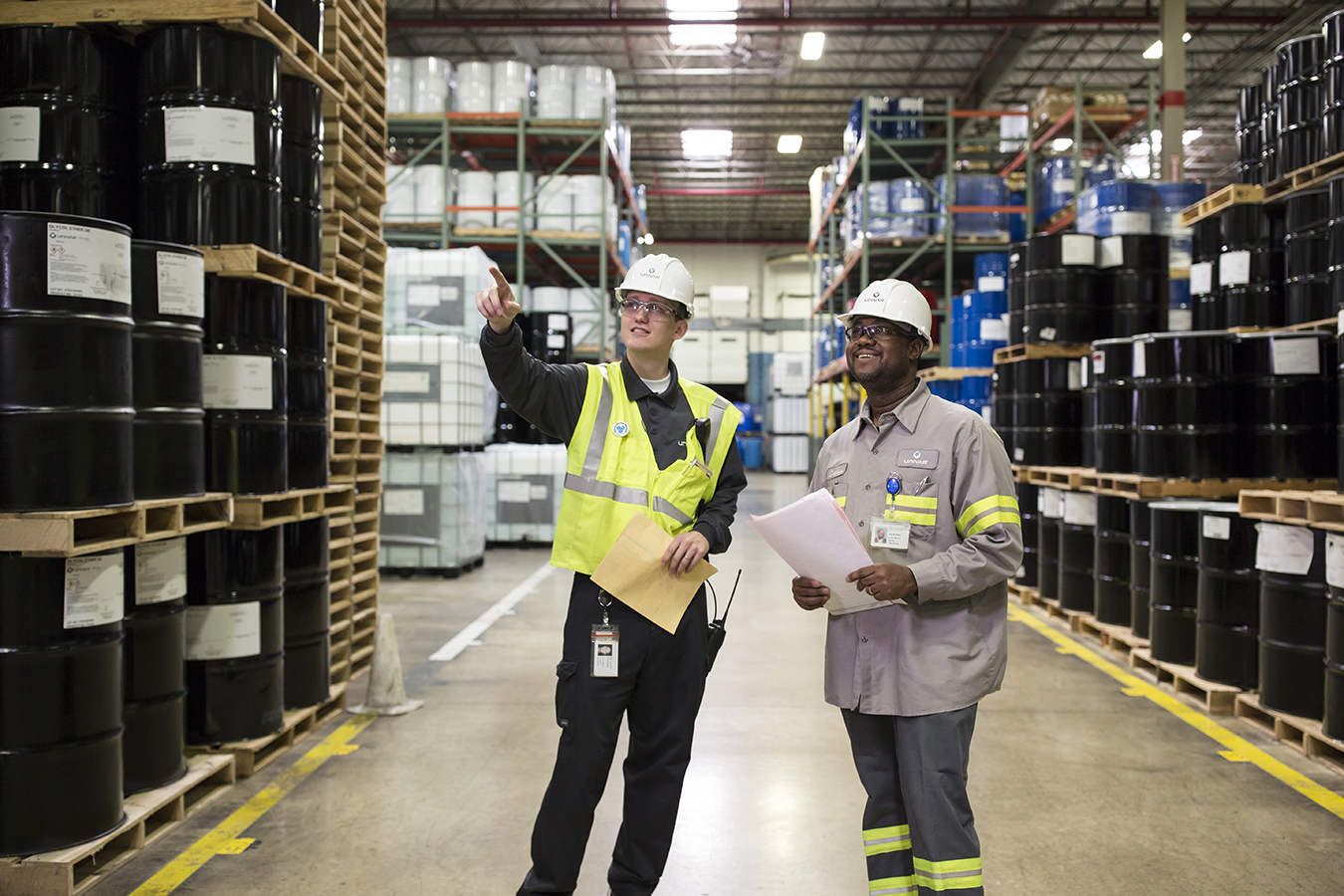

Sustainable services
- Low carbon deliveries
- Sustainable reconditioned packaging
- Formulate for end market sustainability
- Diversity, Equity and Inclusion (DEI) »
NOTICE: All product information is provided in good faith and is believed to be accurate as of the date of publication based on information received from the supplier and secondary databases. However, Univar Solutions is not able to verify whether third-party data is accurate, complete, and up-to-date and assumes no responsibility, obligation, or liability for the information provided. NO GUARANTEES OR WARRANTIES ARE GIVEN AND ALL IMPLIED WARRANTIES, SUCH AS THOSE OF MERCHANTABILTIY OR FITNESS FOR A PARTICULAR PURPOSE, ARE EXPRESSLY EXCLUDED. Customer is solely responsible for determining whether products and/or the information provided are appropriate for Customer’s use, and Customer assumes all risk and liability in acting on the information provided.
Our Suppliers also sign our Supplier Code of Conduct so you can be assured that we are working throughout our supply chain to transparently create our Sustainable & Natural Products Portfolio.
